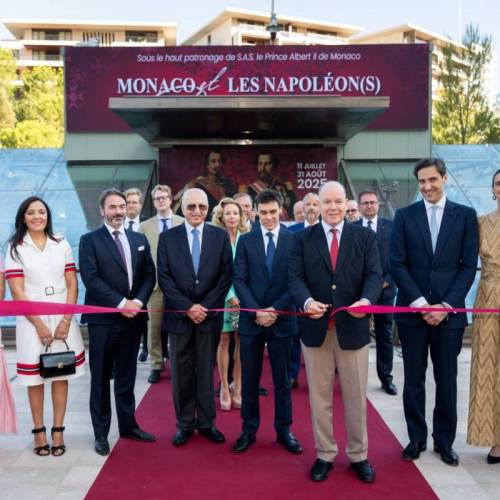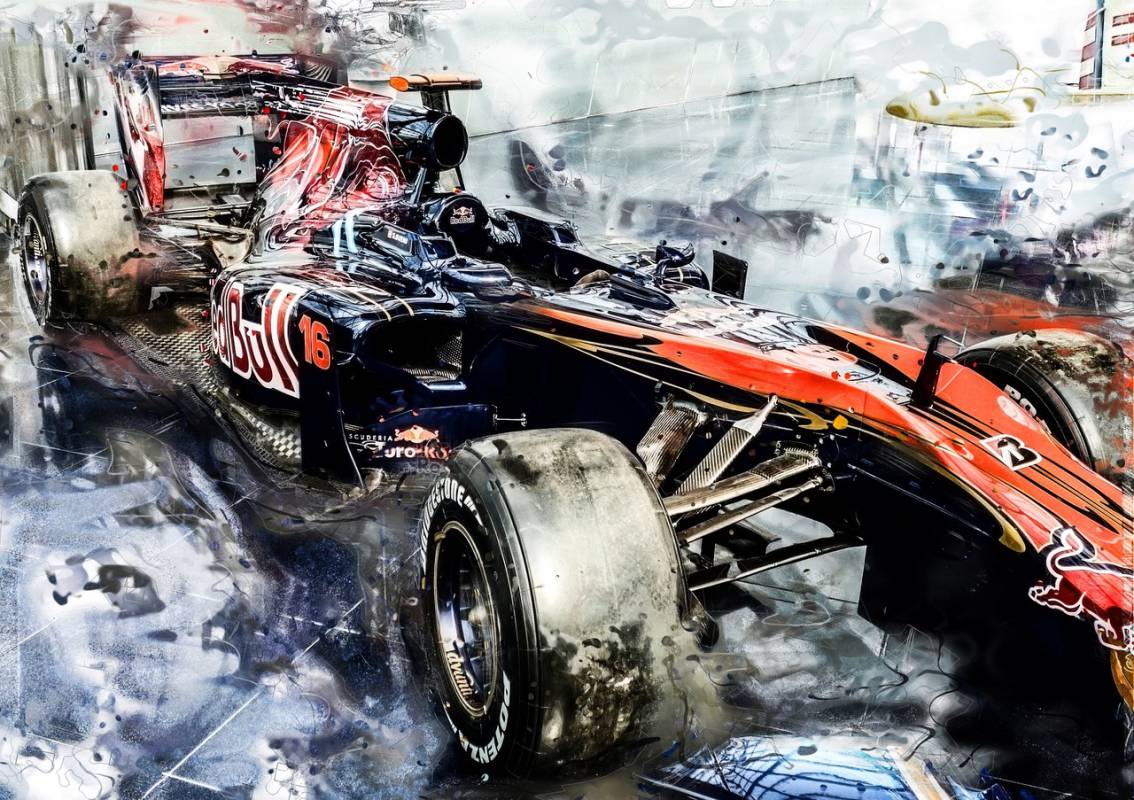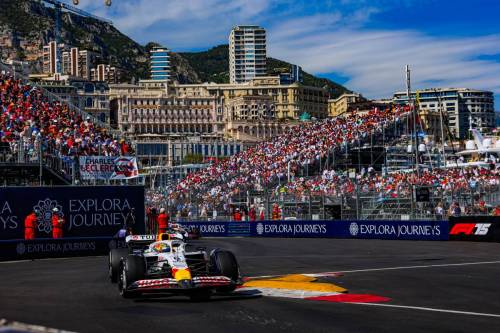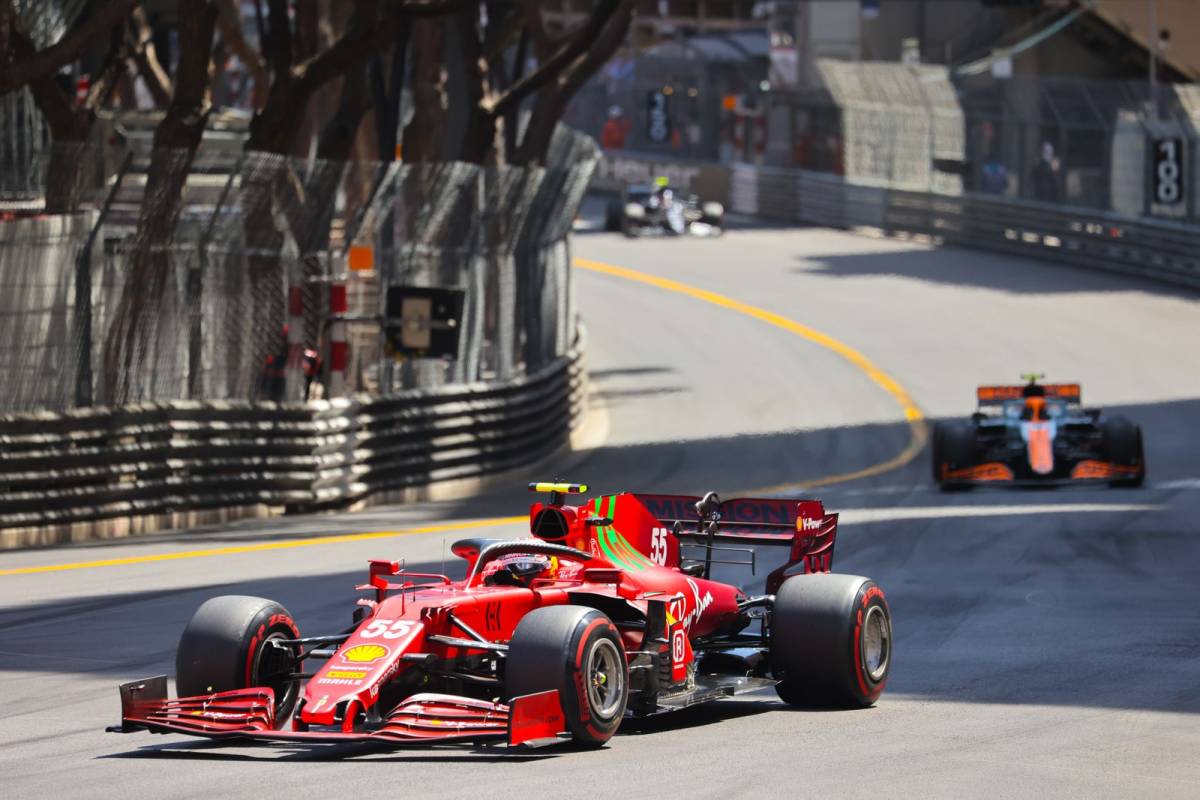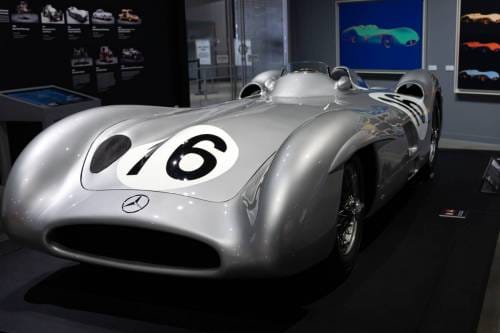2020 marks a historic year for Formula 1, which will be celebrating its 70th anniversary. With seven decades of world championships, 33 world champions, 108 Grand Prix winners, 764 drivers and more than 150 teams, there’s a lot to look back on.
Past and future of Formula 1
The very first driver to win the F1 was Giuseppe «Nino» Farina in 1950; and the most recent driver to score their first Grand Prix win was Monaco’s very own Charles Leclerc, who took his first win at the 2019 Belgian Grand Prix.
F1’s 70th anniversary season had all the elements lined up for a record-breaking 22 race calendar, which was to begin with the Australian Grand Prix in Melbourne in mid-March and ending with the Abu Dhabi Grand Prix at the Yas Marina Circuit on 29 November. Then the Coronavirus pandemic surprised the world and turned everything upside-down including the most glamorous Grand Prix of the F1 Calendar, the F1 race in Monte-Carlo, whose May 2020 date was one of the many casualties of the pandemic. Ferrari were particularly well-positioned for Monaco 2020 with the line-up of Sebastian Vettel (#5) and Charles Leclerc (#16) who was chafing at the bit to add Monaco to that historic win of his in Monza, Italy. Being Monegasque to win Monaco and in a Ferrari would be … well there are no words!
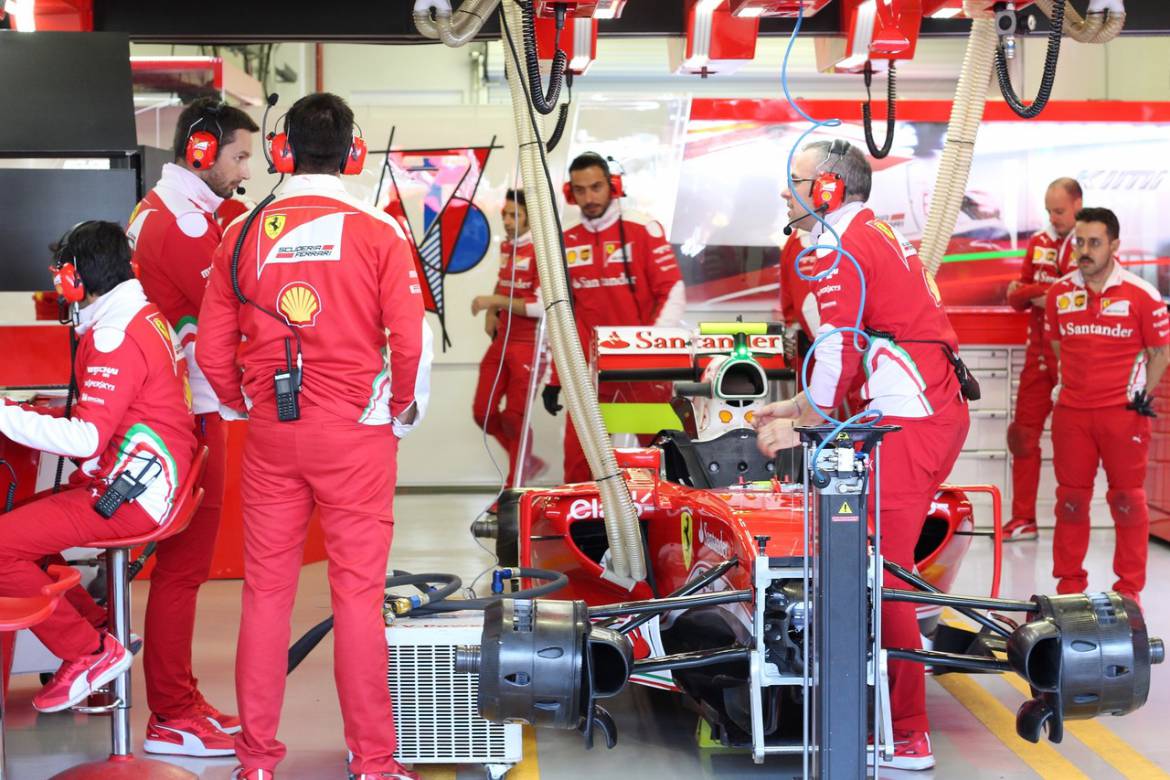
At the moment as the pandemic reaches its peak and hopefully soon recedes globally, Formula 1 has decided to bring forward the traditional break in the racing season in the summer to the forced March/April «Coronavirus break». So this leaves the summer open to race if with good fortune the pandemic does recede in the many host countries involved. Formula 1 anticipates the season end date will extend beyond the original end date of 27–29th November, with the actual sequence and schedule dates for races obviously differing significantly from the original 2020 calendar.
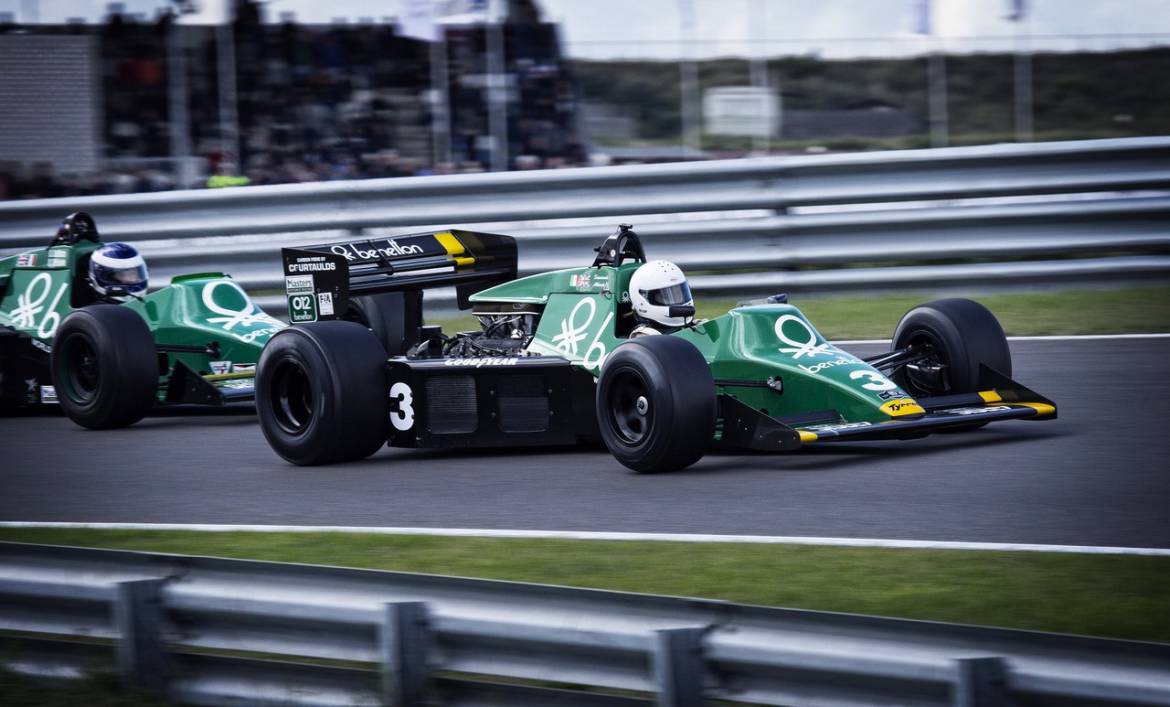
«Mr. Monaco» and fun facts about the very first F1
The very first Monaco Grand Prix occurred back in 1929, so it was already well-established when it was included in the first F1 season (then called the World Championship of Drivers) in 1950. Graham Hill was crowned «Mr. Monaco» due to his five Monaco wins in the 1960s. Ayrton Senna won the Monte-Carlo race six times, more times than any other driver, winning five races consecutively between 1989 and 1993.
The first world championship race was held at Silverstone, UK on 13 May. An estimated 120,000 spectators lined the track on race day. King George VI met the drivers before the big race and watched the championship with Queen Elizabeth and Princess Margaret. That fateful day remains the only time a reigning monarch has ever attended a British motor race.
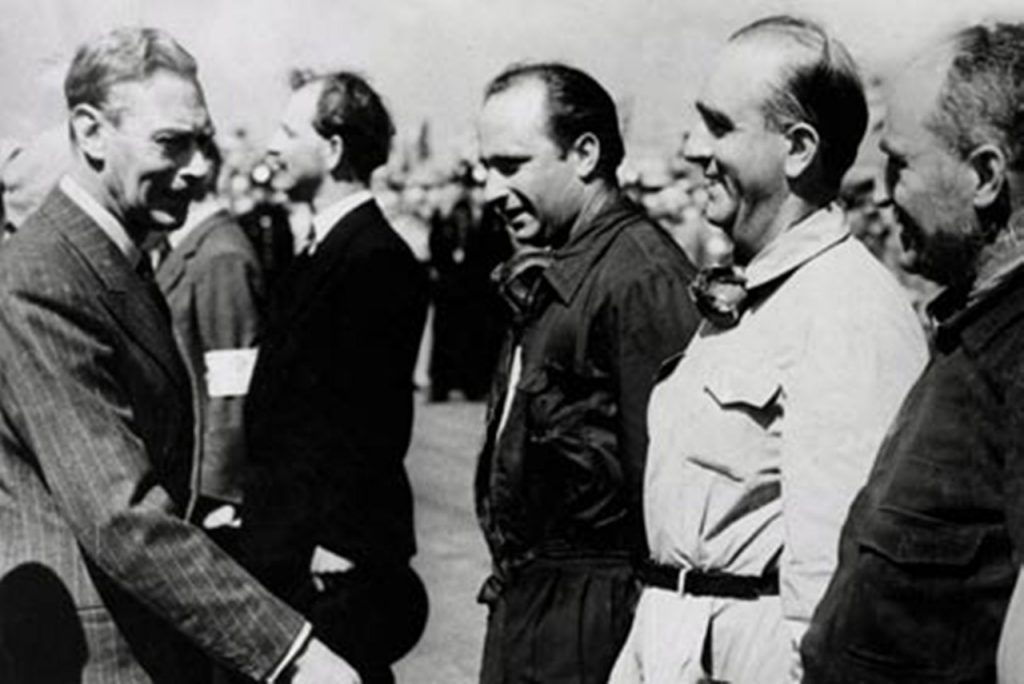
21 drivers took part in the big race, including a Thai prince! Prince Birabongse Bhanudej Bhanubandh, better known as Prince Bira, a notable racing driver, qualified his Maserati fifth at Silverstone but retired in the race when he ran out of fuel. Prince Bira went on to have quite a successful racing career. In January 1955, he won the New Zealand Grand Prix at Ardmore and retired at the end of that season. Revving his engine next to the prince, a well-known jazz musician also took part in the inaugural world championship: Johnny Claes. The Belgian driver qualified his Talbot dead last at Silverstone, but managed to finish in 11th place. And without any doubt, one of the most famous persons among the drivers was Louis Chiron, the great Monégasque champion, one of the creators of the Monaco Grand Prix. His performance driving a Maserati in Silverstone was unsuccessful but just a few days later in Monte-Carlo «The Old Fox» Chiron won third place.
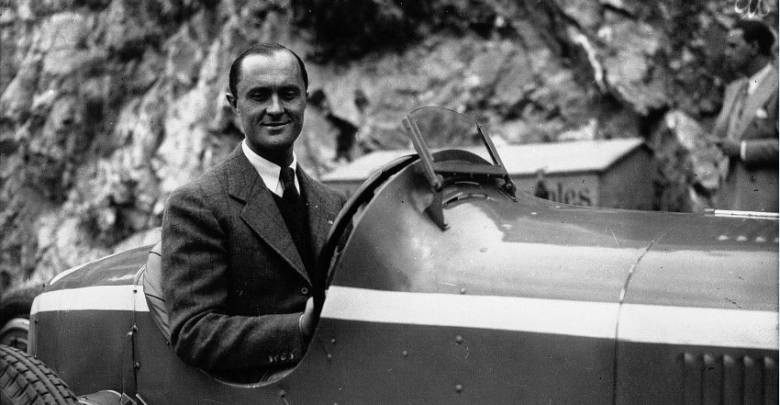
Ever Younger Aces in Formula 1
The average age of drivers in the 2019 Formula 1 season was 26 and three months, the youngest average since the championship began. But back in 1950, the average age was 39 year old. Three of the drivers at Silverstone were in their fifties (Louis Chiron was 50 years old) while five were over forty, including race winner Nino Farina (43). The youngest on the track was 29… a whole lot older than Max Verstappen was on his world championship debut (he joined at the 2015 Australian Grand Prix at the tender age of 17).
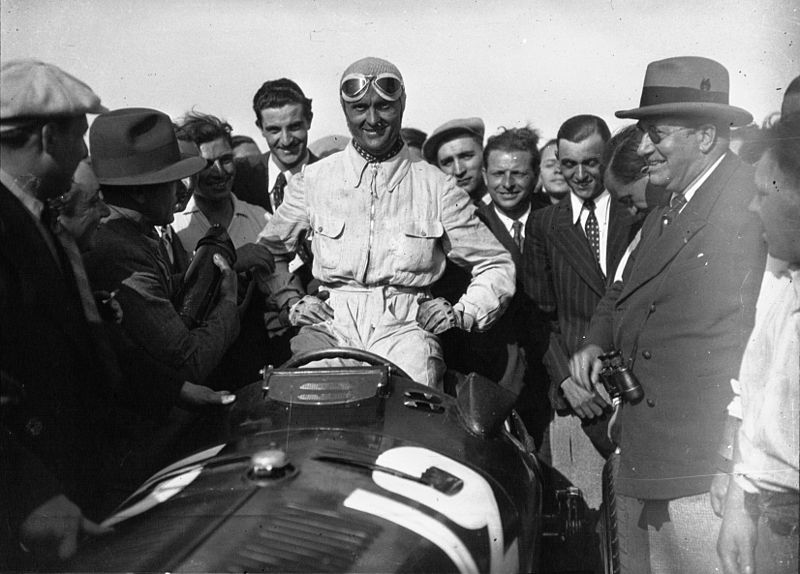
70 years after the very first F1 in Silverstone, many special events were planned on the agenda for this year’s championship before the cruel black swan of the Coronavirus pandemic swept the world. Australia, Great Britain and Spain had renewed their contracts, as had the spectacular Azerbaijan Grand Prix. Mexico City was and is positioned to continue to host a race for three years under the new title of «Mexico City Grand Prix». And a contract extension with the Italian Grand Prix looked to make the 2020 edition, as its 90th, particularly special.
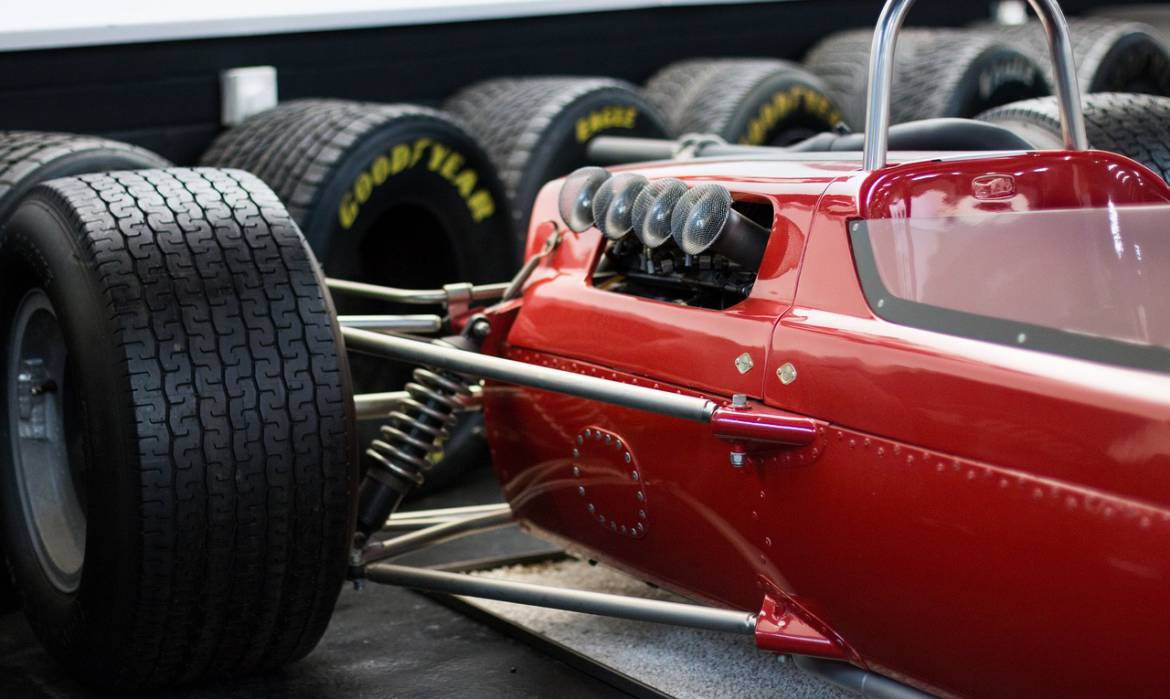
And to celebrate this year’s historic season, F1 had unveiled new logos: a trio of new designs for teams to be able to recolour and use.
White swans vastly outnumber black swans and so with good fortune, as Formula 1 has announced, this summer will see the restart of a spectacular Formula1 season, sadly of course perhaps with some races cancelled.

